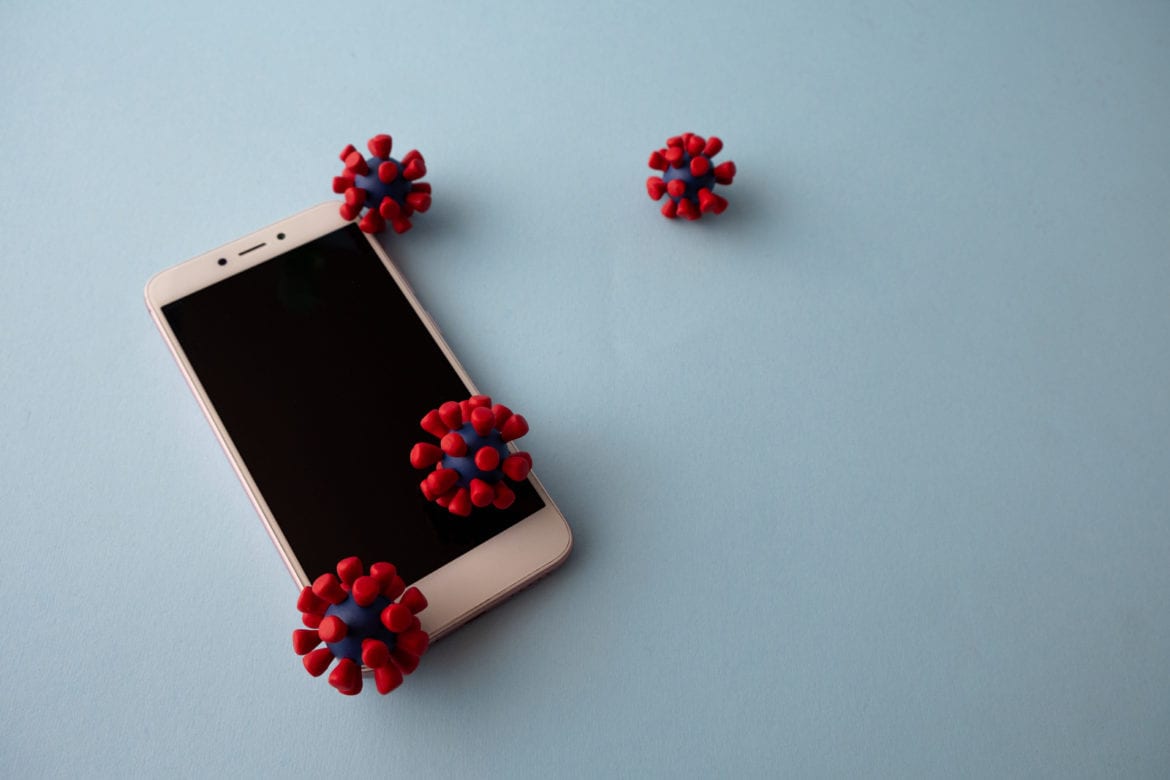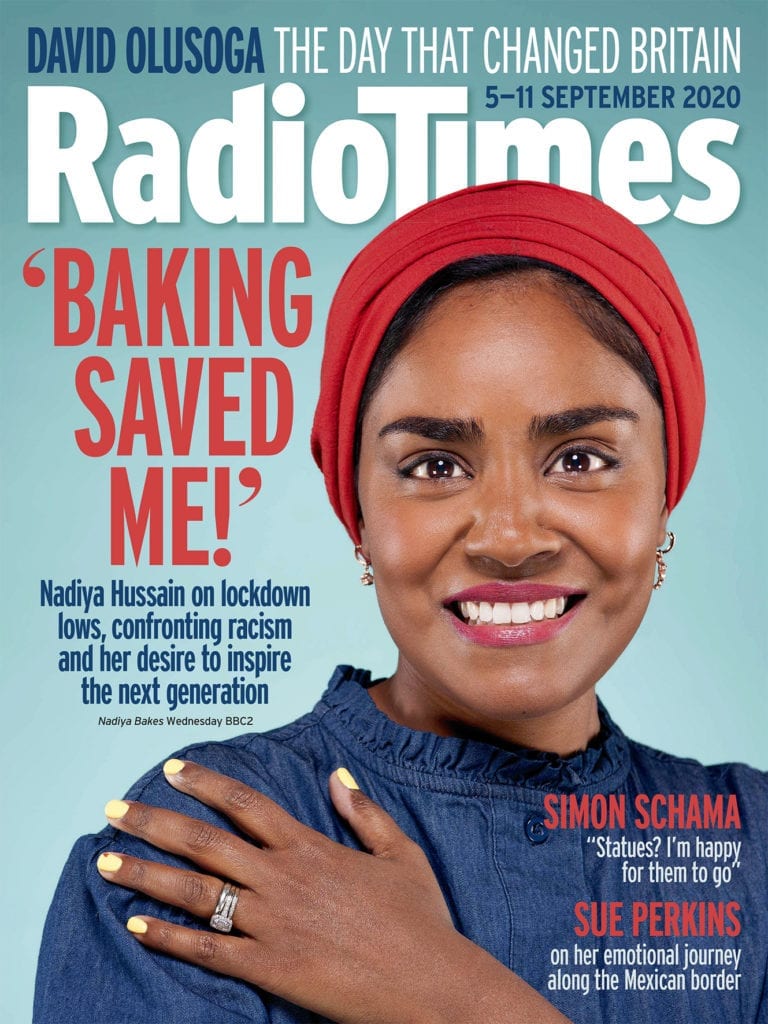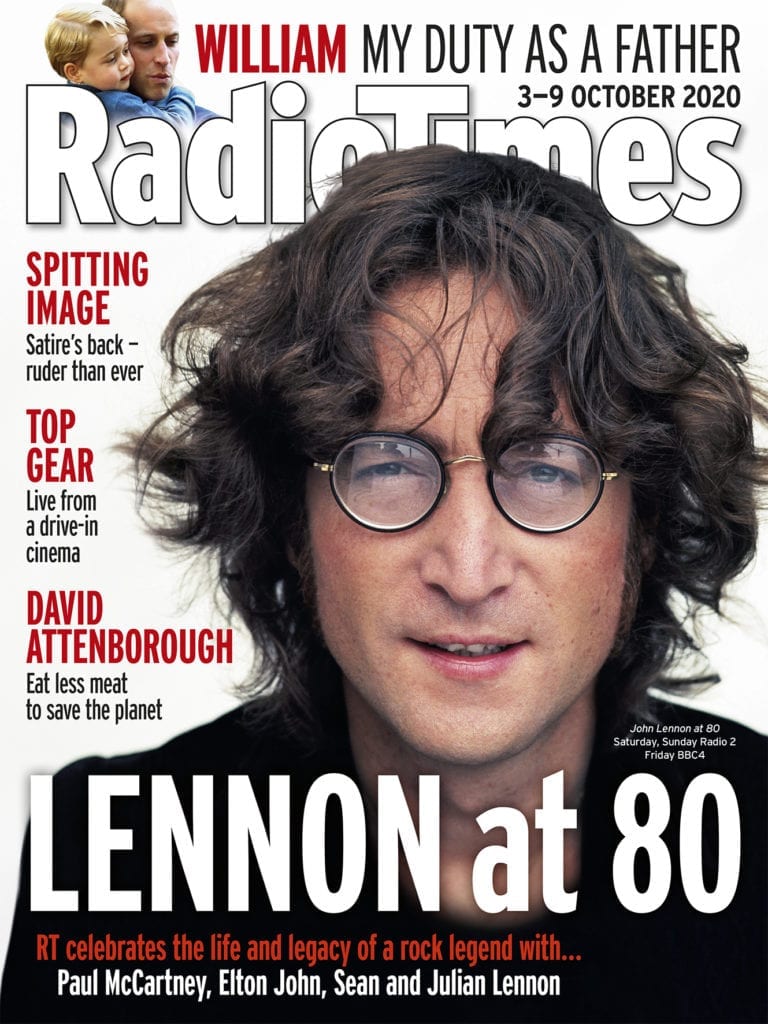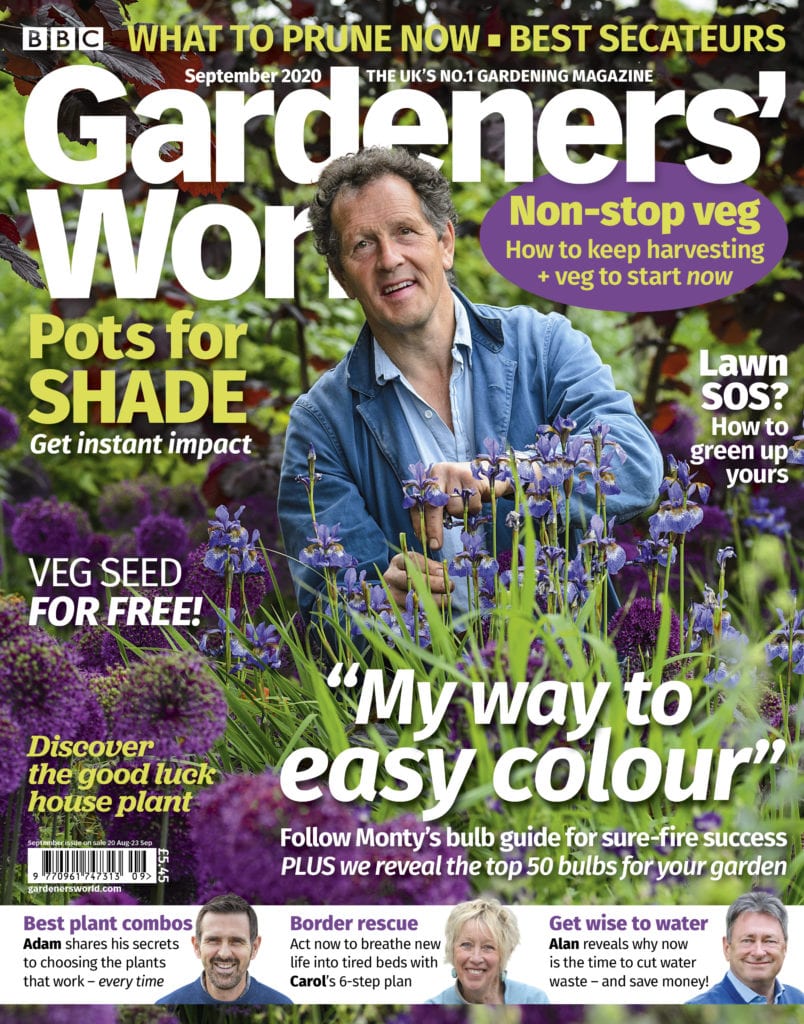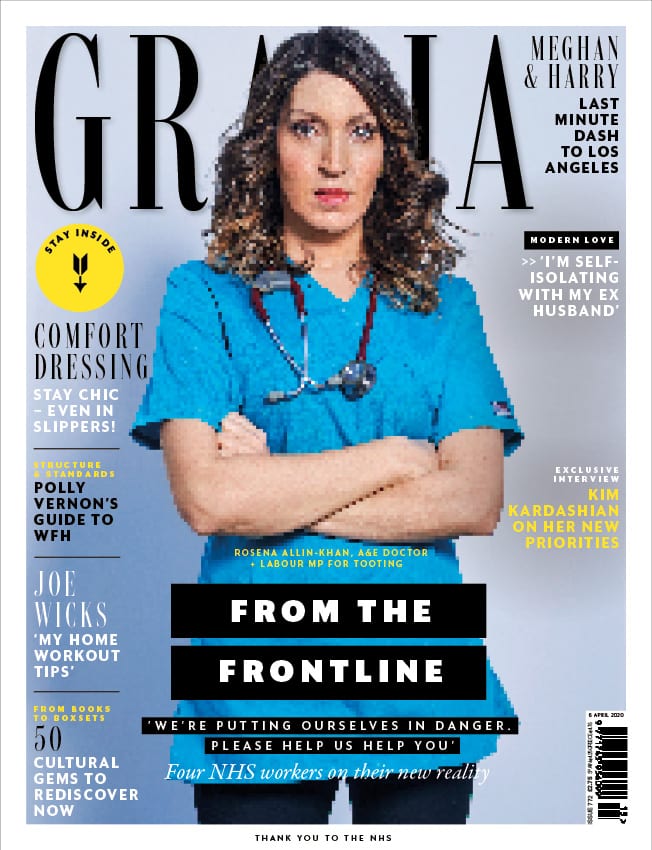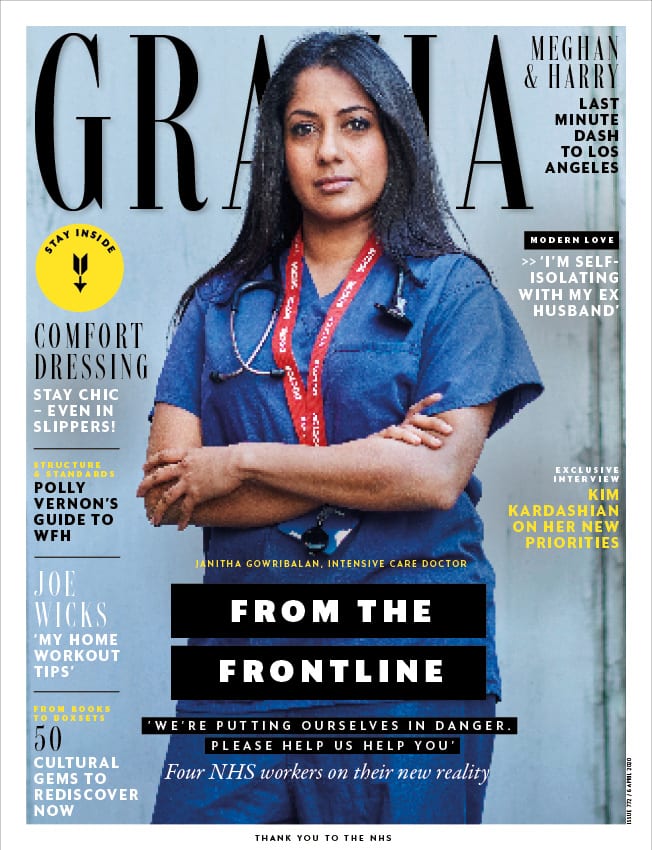|
Getting your Trinity Audio player ready...
|
The first lockdown to ‘flatten the curve’ of the Covid-19 pandemic happened swiftly and took the publishing industry by surprise earlier this year. Global in scope, publishers had virtually no time to implement any contingency plans as the industry became a virtual mix of Zoom calls, work from home protocols, and hastily digitized events.
Fast forward seven months and the narrative of ‘flatten the curve’ has, rightly or wrongly, evolved into the ‘number of cases’ with localized lockdowns replacing broader measures. However, with winter approaching and case numbers soaring, the threat of new national lockdowns can’t be ignored – except this time publishers have had time to prepare.
What’s New in Publishing talked to a number of UK publishers to find out what various preparations and contingencies they’ve made, what lessons they learned from lockdown #1, and what specific advice they would give other publishers in the event of another blanket lockdown.
Chris Kerwin, Group MD, Immediate Media
“We learned that we were able to run our business completely remotely and keep the high quality of our special interest publications and websites meeting the needs of our audiences. We are really proud of our teams for their dedication and flexibility during the whole of the last six months, but specifically when the restriction were at their most severe.“
“That said, we also learned that a creative business thrives on collaboration and doing that remotely is much more difficult than keeping the show on the road.
Going forwards we need to adapt our physical space to facilitate this collaboration with people highly likely to be in the office less, but also find better online tools for facilitating workshops, brainstorms and creative sessions.
Chris Kerwin, Group MD, Immediate Media
“The Leadership Team at Immediate had some feedback from the organization that we needed to be more visible and that’s a lesson we learned quickly and, I hope, responded to quickly. We’ve upped the frequency of our All Hands, our CEO Tom now does a bi-weekly ‘Ask Me Anything’ session and we’ve been doing informal ‘Meet the Leadership Team member’ interviews. I think the feedback was a good sign of the dialogue within Immediate and I’m glad we could respond to that feedback quickly and it’s something we need to hold on to.
“Immediate additionally put in place a programme of activity with the aim of supporting our teams through the crisis, IM Community. As a company, we have a fantastic HR and internal events team which organized an amazing array of support initiatives for the organization – things like book clubs, exercise sessions, a subscription to headspace, etc. Recognizing what a strain people we going to be under right at the start of the crisis enabled us to be on the front foot in terms of the support that we offer our people. The longer this goes on, the more important that is going to become.
“We also learned just how important some of our brands are to our audiences and the lifelines they provided to them during lockdown. Three examples here, but we’re lucky enough to publish Radio Times, BBC Gardeners’ World magazine, and BBC Good Food. All behaved very differently during lockdown but all were brands whose importance to their audiences grew. At our peak in April, we had 87m global users across our portfolio and we’ve seen significant digital growth throughout the year.”
James Wildman, CEO, Hearst UK | President, Hearst Europe
“When the first lockdown hit, we were in a fortunate position that we’d already been working hard to modernise our business and culture over the previous few years, and had been encouraging more agile working across the company. We were well-equipped and able to all start effectively working from home, and after a two-day rehearsal, we made the decision to do so before we even had to.“
“Once we had ensured our people were safe and our business continuity was secure, the three key things we prioritised were strong internal communications, innovating quickly to super-serve our commercial partners and providing our audience with practical, life-affirming, positive content to help them navigate the climate.
The majority of initiatives we launched at the start of lockdown have been so successful that we are continuing with them, adapting as we go.
James Wildman, CEO, Hearst UK | President, Hearst Europe
“For example, I began sending daily all staff updates, which included things such as a summary of the news, practical support about working from home, how to maintain a healthy/work life balance, information for parents, and advice to support both mental and physical well-being. Whilst we have changed the frequency to twice a week, these communications continue to be a valuable tool to ensure our people feel informed and supported.
“I also started to host a weekly virtual all-staff meeting, where every Friday morning, we’d come together as a business to update on our progress and to feel more connected generally. This is something which landed really well, and has since evolved to be a forum where I’ll welcome different people and teams from all corners of our business to come on each week to discuss what they’ve been working on, share learnings and shout about their successes.
“In terms of our commercial partners, we launched many initiatives, such as our home-working “Creator Network” of trusted editors, which includes influencers, photographers and video creatives who all combine virtually to provide a valuable creative solutions service to our customers despite the challenging conditions. We also continue to host B2B initiatives such as insight webinars, which highlight how changing consumer behaviour is affecting sectors such as food, health and wellness, fashion, finance and beauty.
“Whilst our positioning as a beacon of positivity continues to inform everything that we do, from an editorial content perspective our brilliant brand teams continue to provide their audience with inspiring, uplifting content. We’ve seen our subscriptions grow across our brands by up to 200% and our e-commerce business has also had increases of up to 300% which is a testament to how our brands are delivering content which resonates with our diverse audiences.”
Chris Duncan, CEO, Bauer UK
“The first lockdown was a sprint to make sure that we could move to remote working and still make great products, while learning what was changing before our eyes. I think any second wave impact is much more of an endurance event where we understand what we need to do but must work together to keep up our energy, our creativity and our teamwork to keep doing it despite the continued restrictions.”
Hattie Brett, Editor, Grazia (Bauer Media Group)
“There were two sets of considerations for Grazia when lockdown began. There’s the practical and logistical challenges of producing content – with working from home, social distancing and limitations to shooting imagery – but also, and perhaps more importantly, the needs of the readers have changed.“
“We’ve been keen to gather as much insight and understanding of our readers and how their lives have changed since lockdown in order to provide the right content that they need. For example, on a Bauer level, research studies into consumer behaviour and media consumption were conducted almost immediately and are still being updated every two weeks.
We have had to evolve our offering and dial-up certain content in order to respond to our readers’ ever-changing needs.
Hattie Brett, Editor, Grazia
“Grazia itself carried out a “Life after lockdown” study with Instagram, which spoke to women across the UK two months into lockdown, to understand how they are feeling about their mental health, relationships, sex, work, fashion, hobbies and money. We also launched a “Whatsapp Covid diaries” project, where we recruited 20 Grazia readers to be part of a WhatsApp group and answer daily questions around their lives, feelings and behaviours in lockdown.
“We introduced themed issues that covered the changing aspects of our audience’s behaviour in lockdown: Interiors, Food, Beauty & TV. We highlighted those on the frontline; for our first issue produced from home we shot different medics for the cover and the issue was free for NHS workers. This proved to be our most engaged with cover on social media ever.
“Sales have continued to grow throughout the period, and we are seeing convenience stores up year on year as reader habits change. We’ve also seen strong subscriptions growth both in print and digital (subscriptions were up +25% YOY in April) and we made single print issues available to buy in order to respond to the interest in some of our special issues.“


